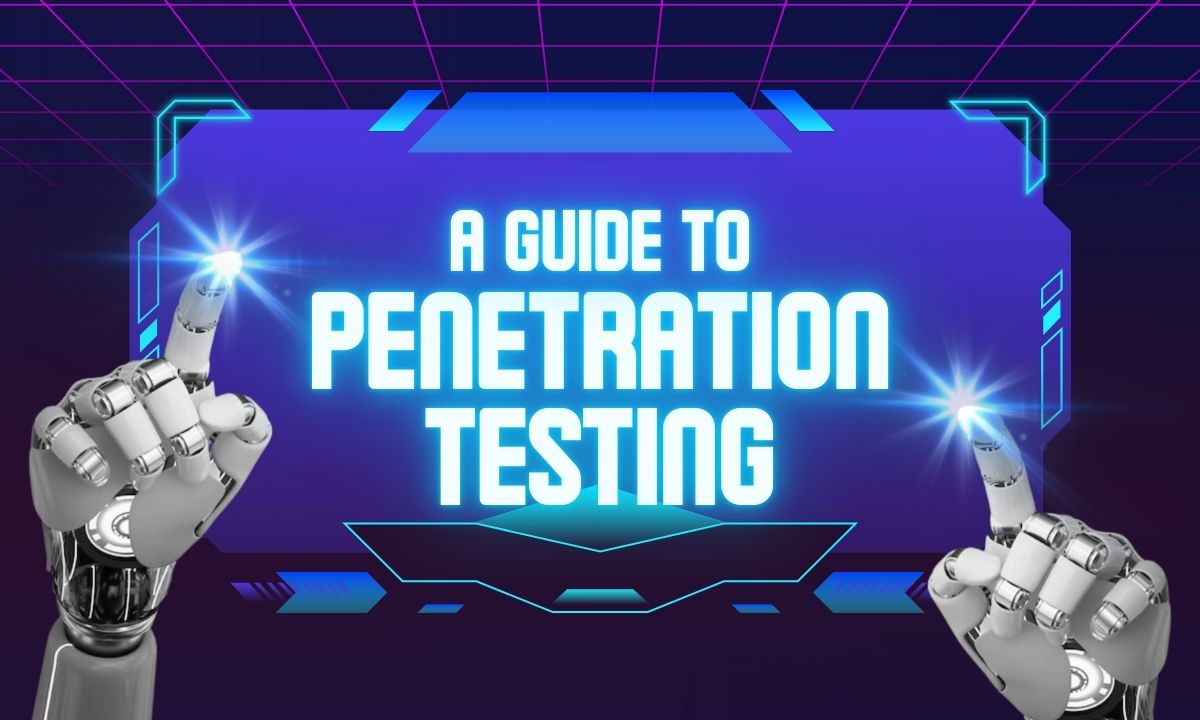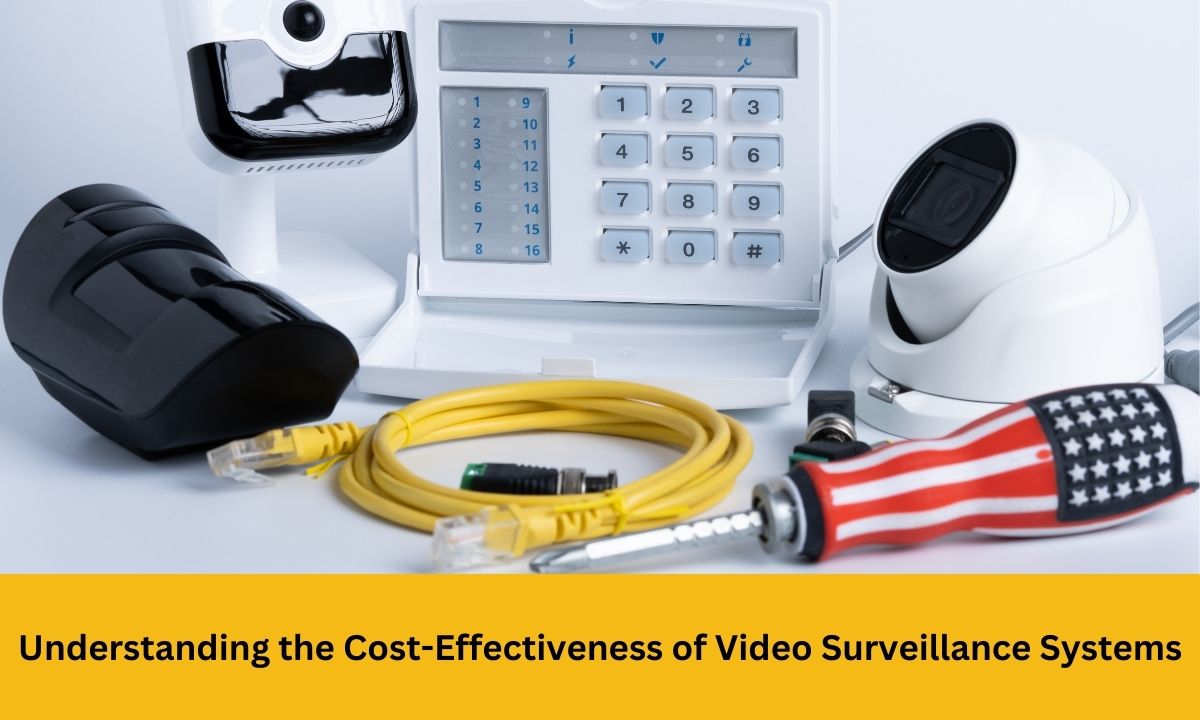The Ultimate Guide to Penetration Testing: Roles, Skills, and Tools of an Ethical Hacker

The Ultimate Guide to Penetration Testing: Roles, Skills, and Tools of an Ethical Hacker
A penetration tester—often referred to as a pen tester or ethical hacker—is a cybersecurity professional who simulates cyberattacks on systems, networks, or applications to identify vulnerabilities. Their goal is to exploit these vulnerabilities before malicious hackers can, ensuring that security defenses are robust enough to protect sensitive data and systems from real-world threats.
Penetration testing is a critical part of an organization's security protocol, helping businesses identify weaknesses in their security posture and providing recommendations for improvement. The field has seen a significant rise in demand as organizations face increasing cyber threats and regulatory requirements.
What Does a Penetration Tester Do?
A penetration tester’s work typically involves:
-
Reconnaissance (Information Gathering):
- Before launching an attack, pen testers gather as much information as possible about the target system or network. This includes IP addresses, domain names, network configurations, and other publicly available data. Tools like Nmap or Recon-ng are often used during this phase.
-
Vulnerability Scanning:
- Pen testers use specialized tools such as Nessus, OpenVAS, or Qualys to identify known vulnerabilities within the system. Vulnerability scanners compare system data against a comprehensive database of known vulnerabilities, identifying potential weak spots.
-
Exploitation:
- Once vulnerabilities are found, penetration testers attempt to exploit them. This may involve using tools like Metasploit to launch attacks, manipulate systems, gain unauthorized access, or steal data—similar to what a real-world hacker would do.
-
Post-Exploitation:
- After successfully exploiting a vulnerability, pen testers assess the potential damage. This phase helps organizations understand the impact a successful attack could have on their business operations, data security, and customer trust.
-
Reporting and Remediation:
- The final step involves documenting the findings, including vulnerabilities identified, methods used, and the severity of each issue. Pen testers then provide detailed remediation steps to help secure the systems against real-world threats.
Types of Penetration Testing
-
Network Penetration Testing:
- Focuses on identifying vulnerabilities in a network infrastructure, such as routers, firewalls, and other network devices. The goal is to evaluate how well the network is protected from external and internal threats.
-
Web Application Penetration Testing:
- Evaluates web-based applications for common vulnerabilities like SQL Injection, Cross-Site Scripting (XSS), and Cross-Site Request Forgery (CSRF). Given the rise in web-based services, this type of testing is essential for protecting sensitive data accessed online.
-
Mobile Application Penetration Testing:
- Targets mobile apps, examining the security of mobile devices and data exchanged between the app and servers. With the growing number of mobile users, this testing is vital for identifying vulnerabilities in mobile platforms.
-
Social Engineering Penetration Testing:
- Tests an organization’s ability to recognize and resist social engineering attacks. Pen testers may use tactics like phishing emails, phone calls, or impersonation to trick employees into giving up sensitive information.
-
Physical Penetration Testing:
- Evaluates the physical security of an organization. Testers may attempt to breach physical barriers, such as security doors or surveillance systems, to gain unauthorized access to sensitive areas.
Skills Required to Become a Penetration Tester
-
Strong Knowledge of Operating Systems:
- Proficiency in both Linux and Windows environments is essential, as systems on these platforms are often targets of attacks. Familiarity with tools like Kali Linux, which contains numerous penetration testing tools, is highly advantageous.
-
Programming and Scripting Skills:
- Pen testers need strong coding skills to write custom scripts for automating tasks or exploiting vulnerabilities. Popular languages include Python, Perl, Ruby, and Bash scripting.
-
Understanding of Network Protocols:
- Knowing how networks operate, including protocols like TCP/IP, DNS, HTTP/HTTPS, and others, is crucial for identifying vulnerabilities in network communication.
-
Knowledge of Cybersecurity Standards:
- Familiarity with frameworks like OWASP Top Ten (for web applications) or NIST’s Cybersecurity Framework helps testers understand common vulnerabilities and how to mitigate them.
-
Problem-Solving and Analytical Skills:
- Pen testers need to think like a hacker, identifying creative ways to exploit vulnerabilities while maintaining a structured and methodical approach.
Tools Used by Penetration Testers
-
Nmap:
- A network discovery and security auditing tool that identifies open ports and services running on systems within a network.
-
Metasploit Framework:
- A widely used platform for developing, testing, and executing exploits against a remote target machine.
-
Wireshark:
- A packet analyzer that captures and inspects data traveling through a network, allowing testers to understand vulnerabilities at a granular level.
-
Burp Suite:
- A web vulnerability scanner and testing tool used to perform manual and automated testing of web applications.
-
John the Ripper:
- A popular password cracking tool that helps testers identify weak password policies in systems.
Benefits of Hiring a Penetration Tester
-
Proactive Risk Management:
- By identifying vulnerabilities before a malicious actor can exploit them, penetration testers help organizations reduce the risk of a successful cyberattack.
-
Compliance with Security Regulations:
- Many industries are subject to regulatory requirements, such as GDPR, HIPAA, or PCI-DSS, which mandate regular penetration testing to ensure compliance.
-
Protect Sensitive Data:
- Pen testers help safeguard sensitive business data, including financial information, customer records, and intellectual property, from unauthorized access.
-
Improved Security Posture:
- Regular penetration testing ensures that your organization is continuously improving its defenses and staying one step ahead of evolving cyber threats.
-
Build Customer Trust:
- Demonstrating a strong commitment to cybersecurity can enhance customer trust, particularly when handling sensitive personal or financial information.
How to Become a Penetration Tester
-
Educational Background:
- A degree in computer science, information technology, or cybersecurity is often recommended. However, many pen testers come from diverse technical backgrounds and may have gained their skills through hands-on experience.
-
Certifications:
- Several certifications are recognized in the penetration testing industry:
- Certified Ethical Hacker (CEH)
- Offensive Security Certified Professional (OSCP)
- GIAC Penetration Tester (GPEN)
- CompTIA PenTest+
- Several certifications are recognized in the penetration testing industry:
-
Hands-on Experience:
- Practical experience is crucial. Aspiring pen testers can gain experience through Capture The Flag (CTF) challenges, bug bounty programs, or by setting up their own lab environments to practice exploitation techniques.
-
Stay Updated:
- Cybersecurity is a fast-evolving field, so penetration testers must continually update their knowledge of the latest vulnerabilities, hacking techniques, and defense mechanisms.
Conclusion
Penetration testers are invaluable to organizations seeking to secure their digital infrastructure against growing cyber threats. With their unique skills and ethical hacking mindset, they play a critical role in safeguarding sensitive data, maintaining business continuity, and ensuring compliance with industry regulations. Whether you're a business looking to strengthen your security defenses or an aspiring pen tester, this field offers both challenges and opportunities to stay at the forefront of the cybersecurity landscape.
-
Top 5 Benefits of Network Accessories from Huawei
 November 14, 2024
November 14, 2024 -
Difference Between Cisco and Juniper Switches: A Comparison Guide
 November 14, 2024
November 14, 2024 -
What is a PLR License and How Can It Help Your Business?
 October 28, 2024
October 28, 2024 -
Understanding the Cost-Effectiveness of Video Surveillance Systems
 October 28, 2024
October 28, 2024 -
5 Must-Have Dell Accessories in 2024
 October 25, 2024
October 25, 2024
